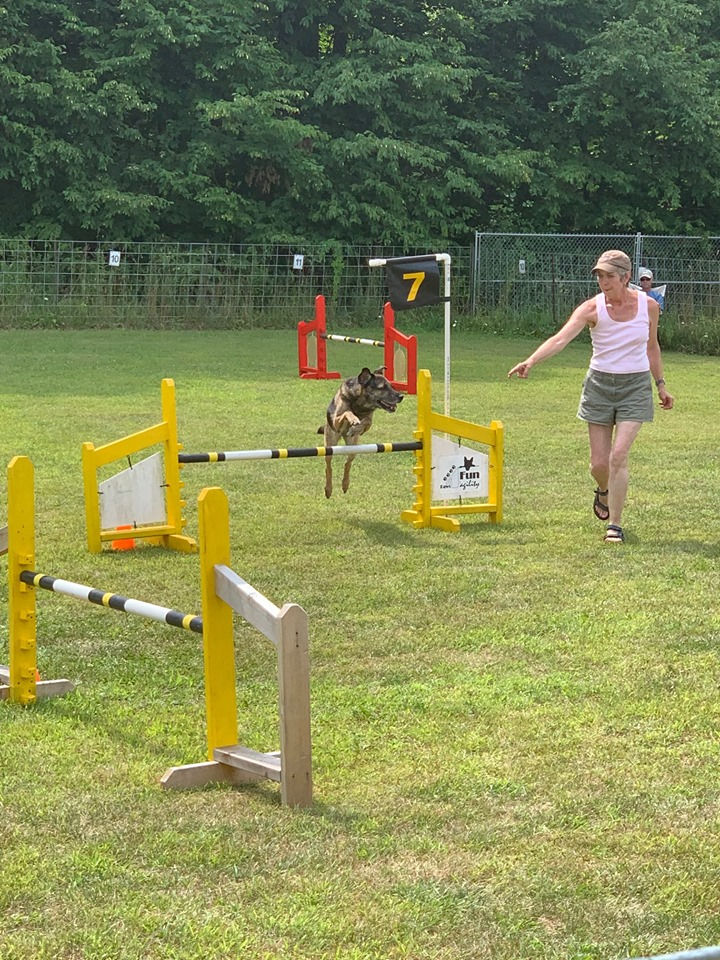It's not you, it's me!
- Hotdiggity Dog Training
- Sep 26, 2022
- 3 min read

You want your dog to stop jumping all over visitors who come in the door. You want your dog to come when called. You want your dog to stop pulling you down the street. What’s key to accomplishing any of this? Training and patience. And here’s the hard part -- recognize that if your dog isn't behaving the way you want, you're part of the problem!
No one sets out to create problems with their dog. But what happens is that our dogs intently watch us, every waking hour. They are learning our patterns, our habits, our body language, our likes and dislikes. They learn everything about us. And then they behave accordingly….
So if you’re looking to change your dog’s behaviour, as a first step, take a good, honest look at what you may be doing to enable or encourage the behaviour you don’t like. For example, do you sometimes allow your dog to jump up on you when you come home because you think it’s cute that he misses you so much? Or, do you consider it okay to have to call your dog 3 or 4 times before she responds and comes to you because at least she eventually comes? Do you sometimes allow your dog to pull you when you walk him on leash because it’s easier than doing the training?
Dogs do what they’re allowed to do. And the more they’re allowed to practice a behaviour, the stronger it becomes. So if you have an 18-month old Labrador Retriever who has been dragging you around the neighbourhood, it’s going to take longer to teach him loose leash walking than it would with a 5-month old puppy.
There are no quick fixes to these fairly common behaviour issues. At least none that are humane and permanent. Because it’s important to remember that whatever it is you choose to do to fix problem behaviours should be done in a way that enhances your relationship with your dog, not damages it.
So there are no magic buttons to change a dog’s behaviour. There is no secret word that your trainer can give you to make your dog come when you call him, stop jumping up, or stop pulling. Instead, as painful as it may be, you need to recognize where the problem starts, and that is usually with you, the owner!
Dogs do not understand “sometimes”, they generally only understand “always” or “never”. So allowing your dog to sometimes jump up on you, ignore you, or pull you, tells him that it’s always okay to do so. That doesn’t mean you can never have your dog jump up on you with that wonderful enthusiasm you love. It means you will just need to tweak it. Teach your dog to jump up only when you ask him to. At all other times, his four paws stay on the floor.
But – and this is important! – to be successful with this approach, you have to recognize your responsibility in creating and maintaining the new behaviour: if you are inconsistent, if you occasionally forget to ask for a jump up and laugh it off when he does so anyway, chances are you will not eradicate the unwanted behaviour.
It’s important to look at what you’re asking your dog to change, and begin by making a plan that is based on you taking responsibility for your dog’s behaviour. This will likely include changing your behaviour. Recognizing that it’s not just a case of training your dog, but of seeing things from his perspective and helping him deal with life in human society is the beginning of a beautiful relationship.
.png)



Comments